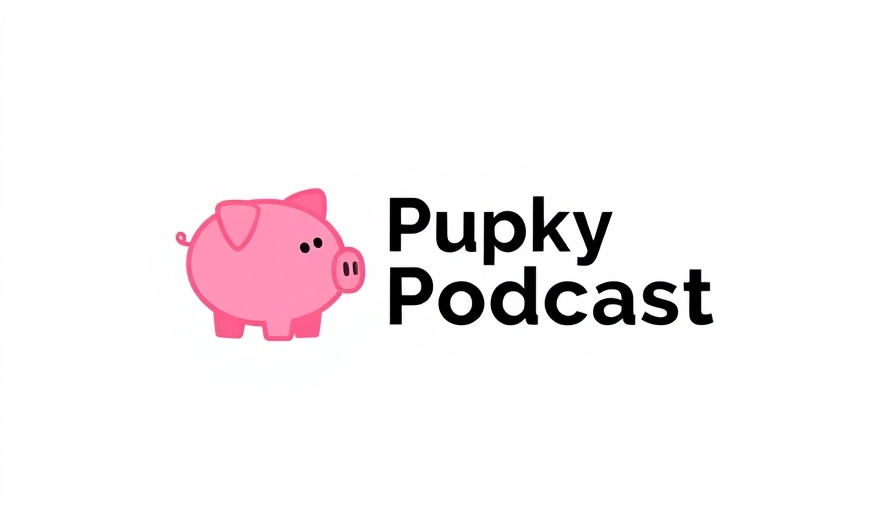
Understanding IUL: The Strategic Choice for Families and Professionals
For families and professionals contemplating the acquisition of Indexed Universal Life (IUL) insurance, the multitude of index options presents a daunting decision. It's not merely a matter of choosing the S&P 500 or an uncapped strategy; it's about revealing your long-term financial strategy. The podcast episode 'IUL Index Allocation Strategies Analyzed' delves into the intricacies of these options using two decades' worth of market data.
Optimal Allocation: Capped vs. Uncapped Strategies
At its core, the dichotomy between traditional capped and uncapped indexes beckons the question: Which is superior? Through empirical analysis, our findings reveal that the 'best' allocation strategy may hold less importance than perceived. Across 20 years, returns differed by approximately 1%, suggesting that the focus shifts from yield maximization to volatility management. Splitting allocations—perhaps in a 50/50 or 55/45 configuration—emerges as a compelling approach that balances risk while maintaining performance.
Volatility in IUL: Beyond Downside Protection
Why does volatility matter even in products that ostensibly have downside protection? An understanding of this concept can dictate the capacity for cash flow and—importantly—preserve the legacy of generational wealth. By minimizing exposure to years with scant credits, policies can be structured to yield consistent income. This stability resonates deeply with families aiming to secure future financial health.
The Sharpe Ratio: A Quantitative Perspective
Analyzing investment vehicles through the lens of the Sharpe ratio reveals IUL's distinct advantage. With figures soaring to 1.7 compared to the standard 0.6-0.8 seen in direct S&P 500 investments, IULs emerge not merely as insurance policies but as viable financial strategies akin to non-correlated assets. This perspective encourages a more innovative insurance planning approach for those building wealth.
Transitioning Mindsets: From Fear to Strategy
Many approach IUL, nervous about high costs and uncertain yields. Yet the analysis reconfigures this narrative, presenting a challenging perspective that emphasizes risk-averse strategies can yield impressive returns. Rather than viewing IUL through the lens of expense, it’s pivotal to consider the long-term benefits to asset protection and growth potential.
In the fluid landscape of financial services, understanding the dynamics surrounding IUL is critical. The potential for IUL as part of a broader asset protection and generational wealth strategy is transformative. For families, professionals, and financial advisors, adapting these insights into actionable strategies could pave the way for a brighter financial future.
Ready to explore how these allocation strategies can fit into your specific situation? Reach out for a consultation on your IUL strategy today.
 Add Row
Add Row  Add
Add 




Write A Comment